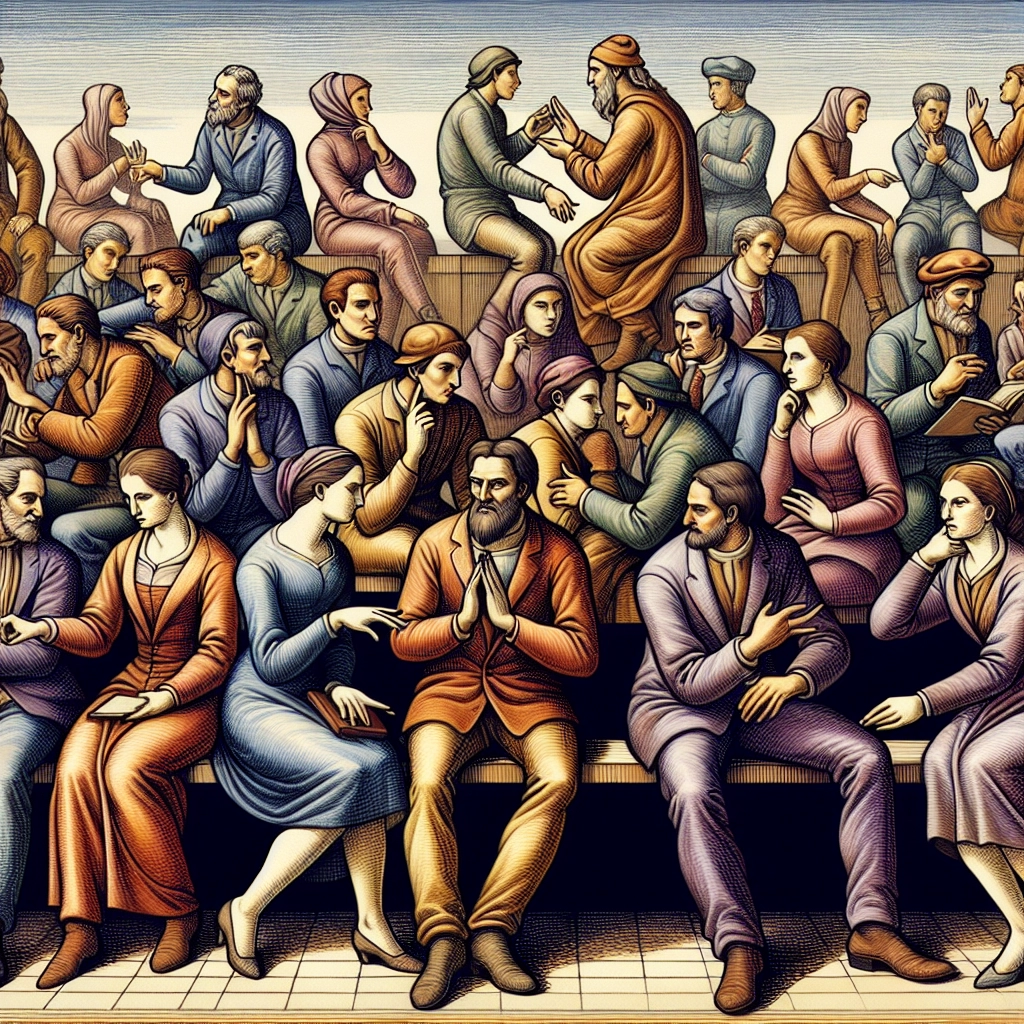
- Published on
- Authors

- Name
- ric de yuga 😄
How to Read People and Understand Body Language 💬💪
Body language is a powerful form of communication that can reveal a lot about someone's thoughts, feelings, and intentions. By learning to read body language, you can improve your communication skills, build stronger relationships, and even become a more successful negotiator.
Here are some basic tips for reading body language:
- Pay attention to the person's overall demeanor: Are they relaxed or tense? Are they open or closed off?
- Observe the person's facial expressions: A smile can indicate happiness, but it can also be used to mask other emotions, such as nervousness or anger.
- Watch the person's eye contact: Direct eye contact can indicate interest, but it can also be a sign of aggression.
- Notice the person's body posture: A person who is standing up straight and making eye contact is likely feeling confident, while a person who is slouching and avoiding eye contact is likely feeling insecure.
- Pay attention to the person's gestures: A person who is tapping their foot or fidgeting with their hands is likely feeling anxious or nervous.
It's important to remember that body language is just one form of communication. You should always consider the context of the situation before making any assumptions about someone's thoughts or feelings. For example, if someone is crossing their arms, it doesn't necessarily mean that they're closed off or defensive. It could simply be that they're cold.
By learning to read body language, you can gain a deeper understanding of the people around you. This can help you build stronger relationships, improve your communication skills, and even become a more successful negotiator.
Here are some additional tips for reading body language:
- Be aware of your own body language: The way you hold yourself and the expressions you make can send signals to others.
- Be patient: It takes time to learn to read body language accurately.
- Be open-minded: There is no one-size-fits-all interpretation of body language. The meaning of a gesture can vary depending on the context.
With practice, you can learn to read body language like a pro. This skill can be invaluable in both your personal and professional life.
Conclusion 🎉
Body language is a powerful tool that can help you better understand the people around you. By paying attention to someone's demeanor, facial expressions, eye contact, body posture, and gestures, you can gain valuable insights into their thoughts, feelings, and intentions. Remember to consider the context of the situation and to be patient and open-minded as you learn to read body language more accurately. By improving your ability to read body language, you can improve your communication skills, build stronger relationships, and become a more successful negotiator.
